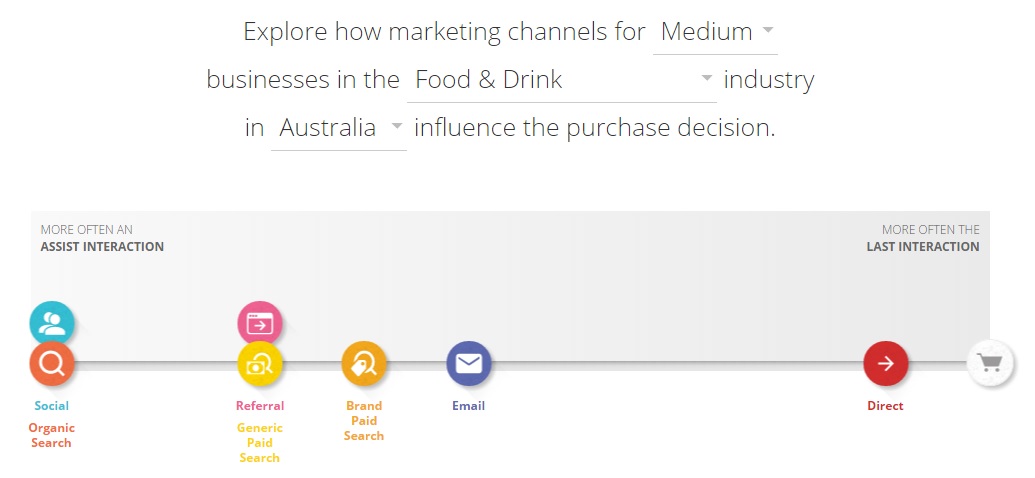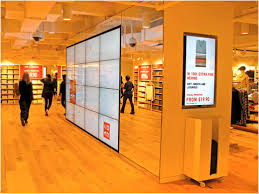The Importance of Search in the Digital Marketing Mix
Guest Blog: Paul Goldston, Head of ROI – Reload Media
When it comes to having a license to print money, it’s pretty evident that Google are right up there with the best of them. But what black magic is it that enables this global tech behemoth to continue raking in billions of dollars every year?
Is it the self-driving cars? Not at the moment. What about Android? Not really. Google Glass? Nope.
In fact, many of the amazing tech innovations that keep Google in the news only make up a very, very small portion of their yearly revenues (if any at all).
No, the truth is plain and simple – Google is in the advertising game.
In actual fact, over 90% of Google’s total revenues (on track to hit $60B this financial year) come via search and display advertising solutions. And for good reason too – it works.
But nobody clicks on those ads?
Now, you might be one of those people who will be quick to let me know “you never click on the ads at the top of the search results”. Well, after working in the search industry over the last 6 years I can tell you emphatically that, people do.
In fact, close to 64.6% of people click on the ads in the Google search results (when the search phase has high commercial intent) while 35.4% click on the natural or ‘organic’ results for the same types of keywords.
While Google is not the original mastermind behind search advertising, they are certainly the global leaders in the space. It is their dedication to providing the most relevant search results (both paid and organically) that has helped them to deliver one of the most powerful advertising platforms in the world.
Google search advertising allows businesses of all sizes to ‘capture’ the demand of their target customers at very precise stages of the consumer decision making process.
So, what role does search actually play?
The truth is, search plays different roles for different products, services and industries. Lucky for you though, Google has developed a tool to determine the typical user journey in your industry (and where search fits in to the user’s decision making process). I’ve provided an example for medium businesses in the food and drink industry in Australia below:
Now, the model above is great – but what does this actually look like in real life? I’ve pulled some anonymous client data to show you what a common, online conversion path looks like:
In this scenario, we can see that there were six transactions that occurred after users first found our client via some unbranded search advertising and then came back and purchased through a branded search phrase (via an organic search engine listing). Search played a critical role at both the start and the end of this conversion path.
I’d encourage you to check out the aforementioned Google Customer Journey tool to see what role search plays within your customer’s online journey today. You might be surprised!





